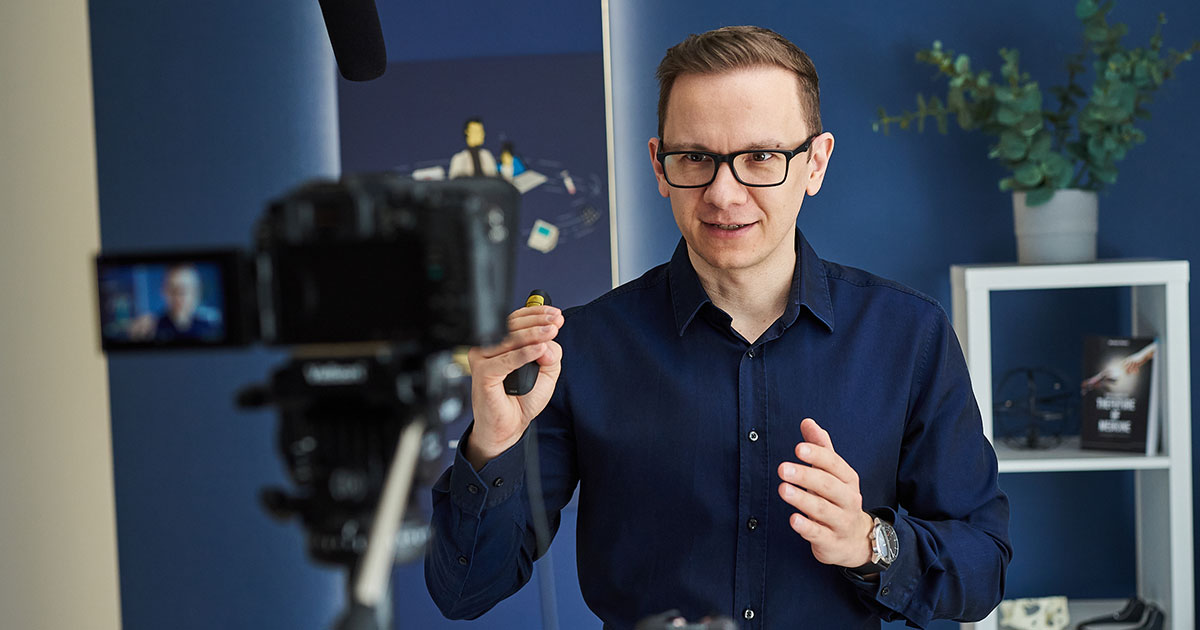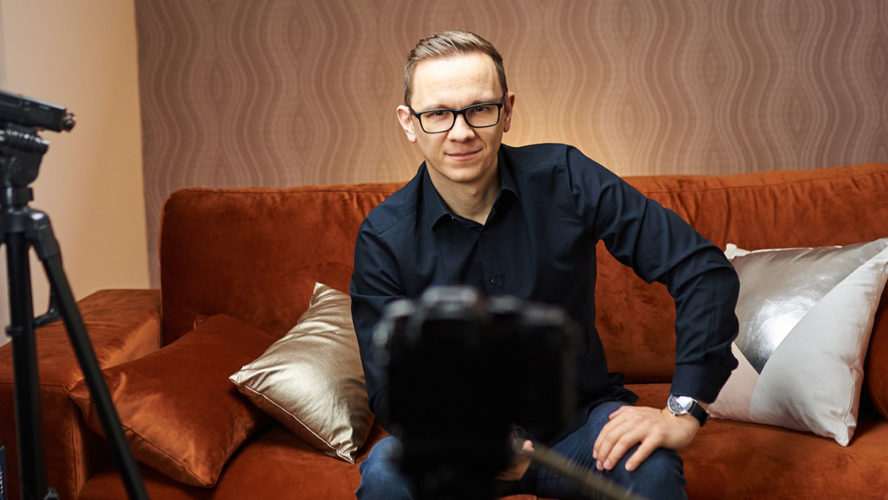Dr. Bertalan Meskó, Ph.D., director of The Medical Futurist Institute, discusses his predictions for the future of healthcare technology and how we can encourage providers to implement these new technologies.
Healthcare technology has already advanced so much in the past few years. What is the next step? What is the next big thing?
The next big thing in healthcare is acknowledging the most significant milestone in the history of medicine: patient empowerment. Not only accepting that it exists and the newest member of the medical team is the patient themselves, but further embracing the concept to implement strategies and technologies that shift the traditional point-of-care to wherever patients are.
This is simply unprecedented, and while the influx of advanced technologies into care initiated the changes we experience today (from the use of health sensors and remote care solutions to at-home lab tests and AI in medical decision-making), the cultural consequences of patient empowerment are the ones that primarily impact the way healthcare is delivered.
The pandemic has shown that millions of patients and physicians can adopt a new technology if they need to. Now it’s time to save a decade’s worth of progress in digital health by simply adding the cultural transformation, too.

What technologies do you see lasting in healthcare? Are there any that you don’t think are beneficial?
I think all healthcare technologies are beneficial that improve the doctor-patient relationship, make healthcare globalized, are evidence-based, meet real-life patient or clinical needs, or share data with not only medical professionals but patients, too. These are the rules of thumb we use at The Medical Futurist when we try to assess the future impact of a new technology.
To highlight a few along these lines, voice-to-text applications stand out as those would finally give patients and physicians a chance to have a normal conversation while the app would write everything down into the medical records.
Easy-to-use health sensors provide patients with data they used to have but had no interfaces to access before. With such data, they are in a better position with their caregivers to make decisions about health or disease management.
How can we encourage providers to adopt these new technologies into their practices?
Every healthcare provider’s goal is to improve the lives of patients. If the industry can prove the benefits of these technologies through clinical trials and evidence-based studies, providers will be able to use them.
Moreover, proper regulations require policymakers to be at the forefront of innovation and understand certain disruptive technologies even before those would hit the market. The reason why it comes with more pressure than 10 years ago is that, due to global supply chains and the widespread access to technologies, patients can reach out to devices and sensors themselves before those get regulated. The #wearenotwaiting movement is the perfect example for that in which thousands of diabetes patients made DIY artificial pancreas systems as regulations were lagging behind.
This is a historical chance for regulators to bring technologies to patients as soon as possible, as well as a threat for patients to access untested medical technologies like never before.

